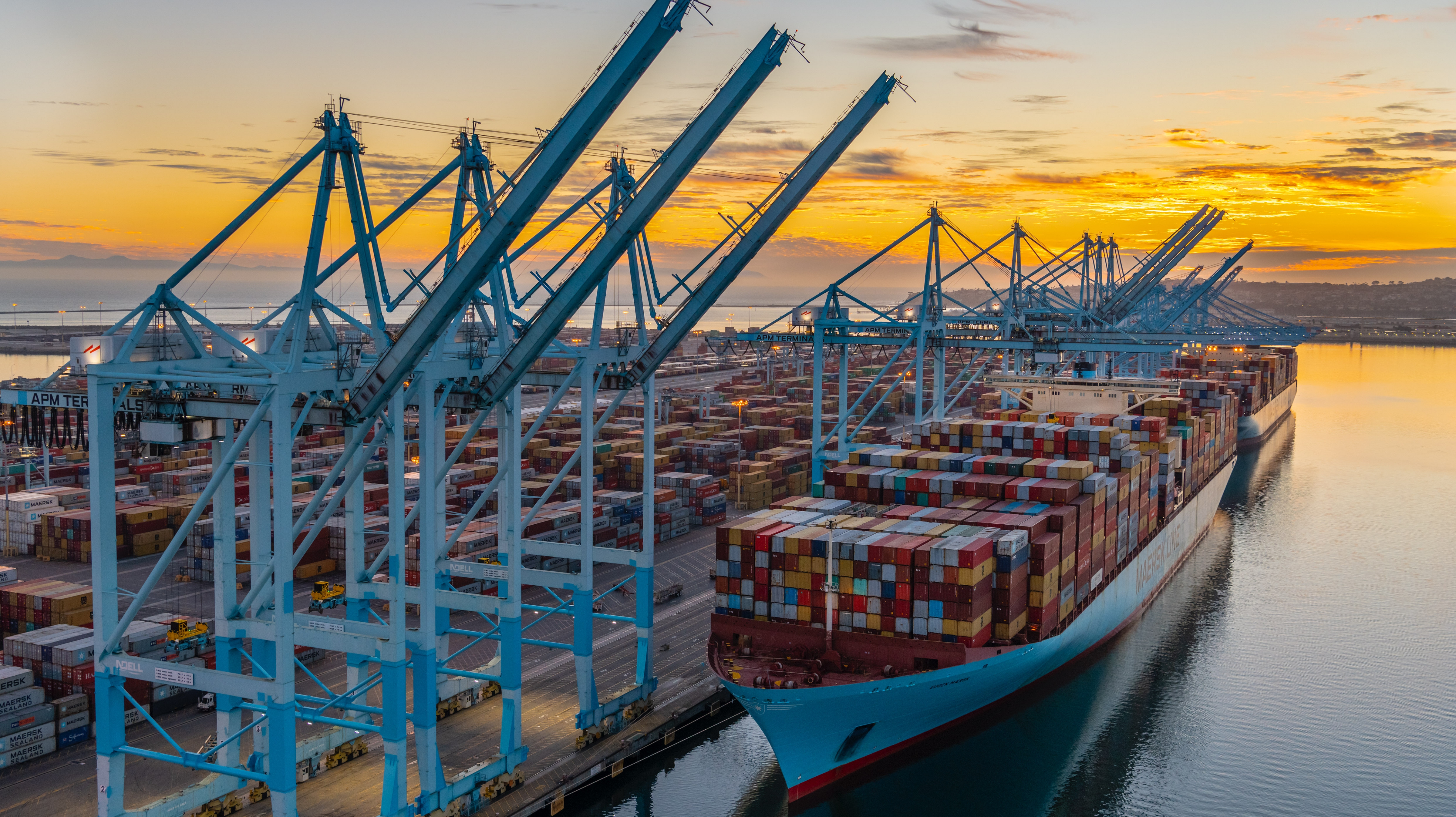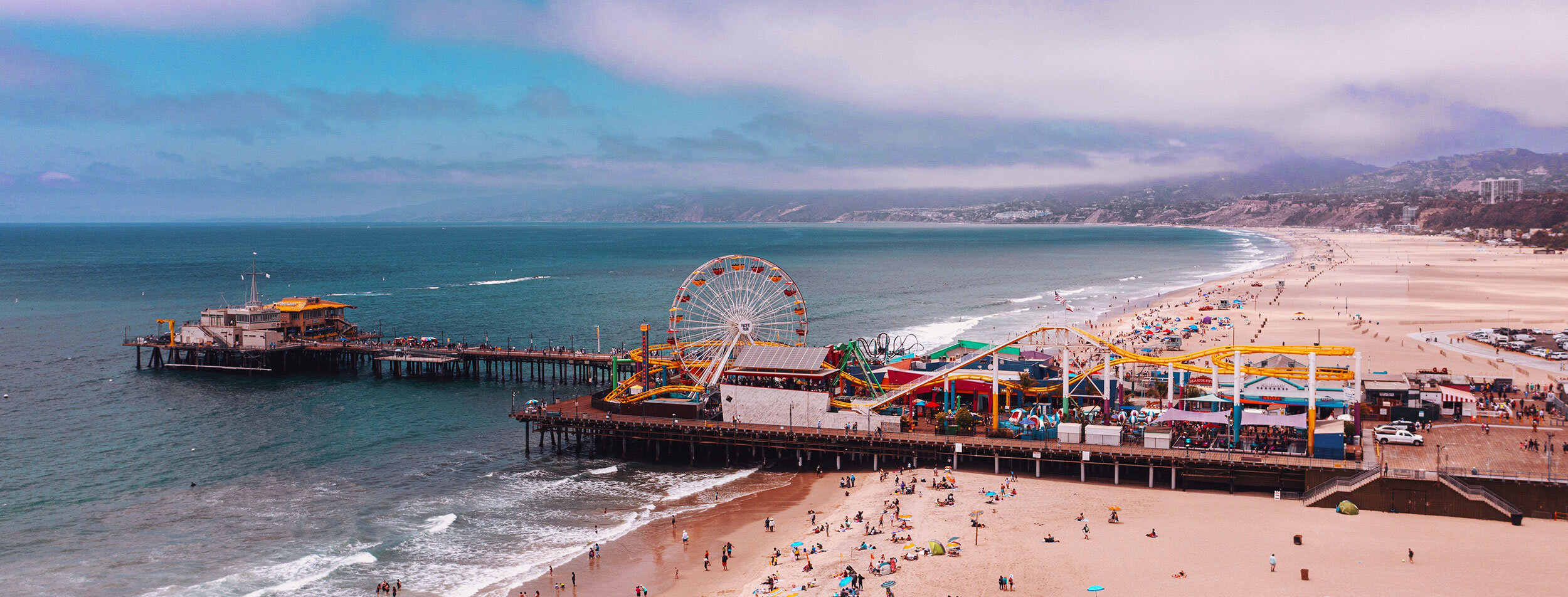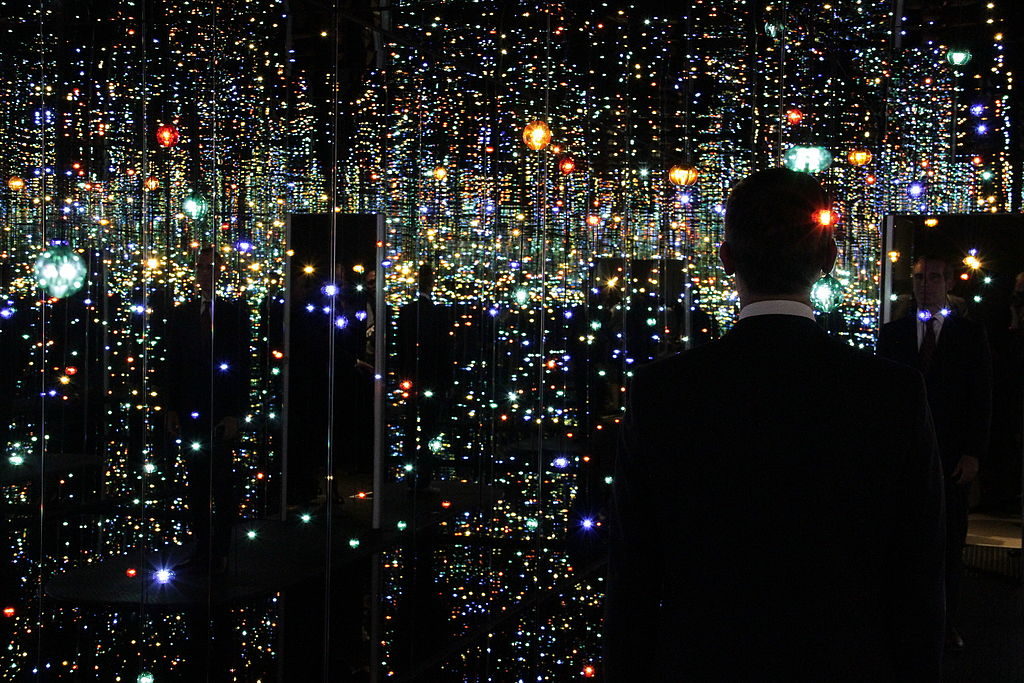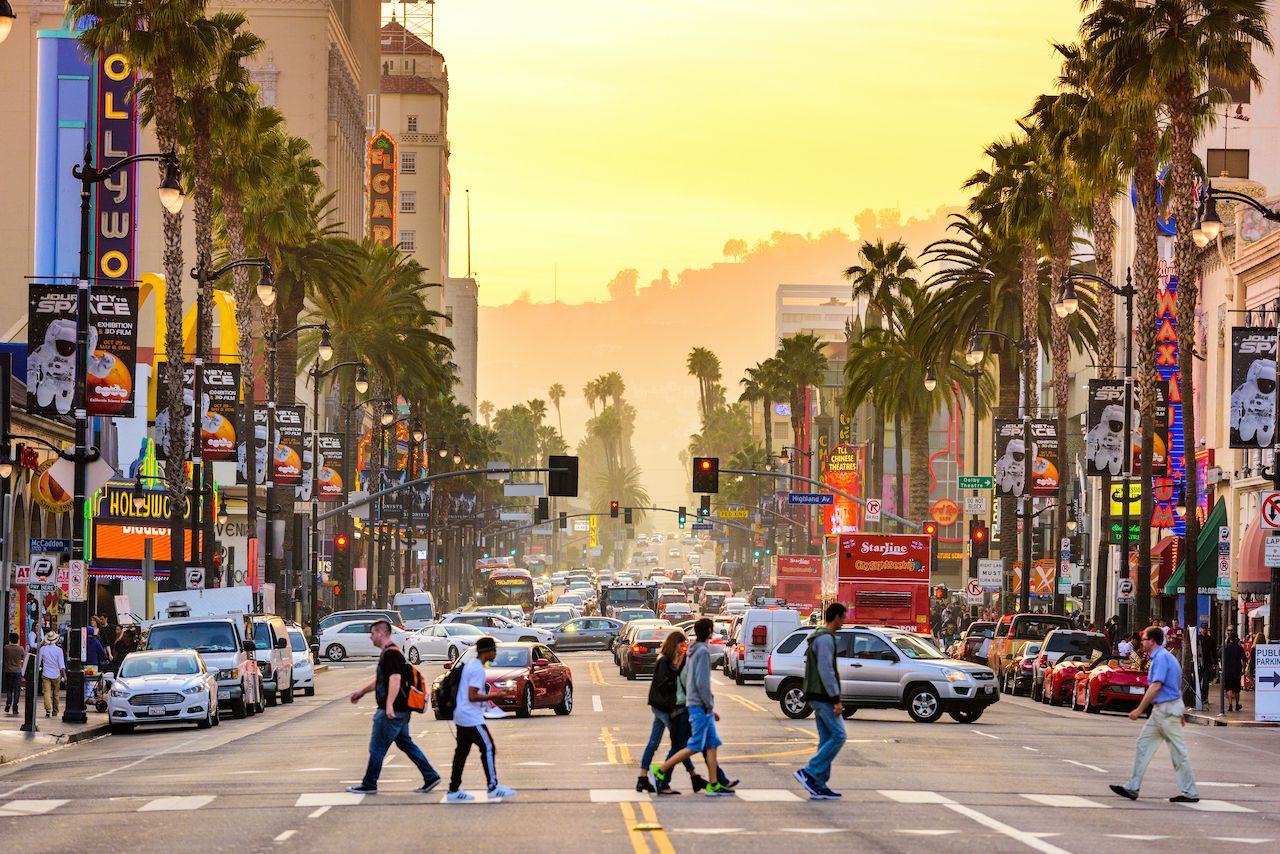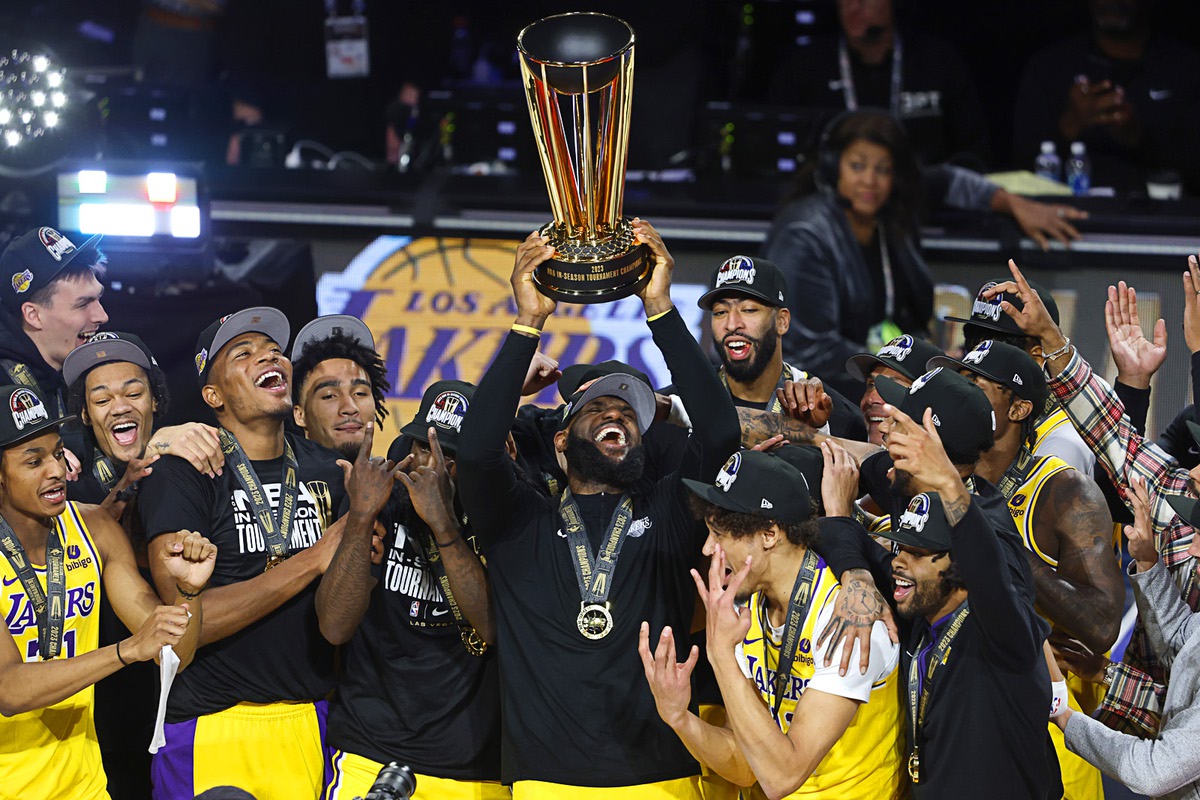We know it with glamour, fame, and joy, but the City of Angels is also a port city. Los Angeles, which is tucked away along Southern California’s scenic coast, has a rich maritime history entwined with its famous cultural sites and exciting activities. This time we peel back the layers of Los Angeles to reveal its transformation from a sleepy port town to an international city, its alluring sights, and its vibrant cultural fabric.
History of Los Angeles Port
Long before the glamour of Hollywood touched its beaches, Los Angeles was a harbor city for centuries. When Spanish explorers arrived in the 16th century, the region that would become Los Angeles—which was formerly home to the Tongva and Chumash Native American tribes—saw its first European exploration. Although under Spanish control, the port didn’t start to take shape until the eighteenth century.
The city’s rise to prominence as a major commerce hub began with the founding of the pueblo of Los Angeles in 1781. The pueblo, which was built along the banks of the Los Angeles River, provided vital support to the area’s rapidly expanding ranching and agricultural sectors. An increasingly effective system of trade and transportation was required as the population increased.
The Southern Pacific Railroad’s construction in the late 19th century, which connected Los Angeles to the rest of the nation and made it easier for products to go to and from its port, marked a turning point. As a gateway to the Pacific and beyond, the Port of Los Angeles, founded in 1907, strengthened the city’s standing as a nautical powerhouse.
Port of Los Angeles
The port features eight container terminals, twenty-five cargo terminals, eighty-two container cranes, and 182 km of on-dock rail. Known as “America’s Port,” the port is situated about 30 kilometers south of downtown in the San Pedro and Wilmington areas of Los Angeles, on San Pedro Bay.
In the calendar year 2019, the port handled 9.3 million twenty-foot equivalent units (TEU). Combining the port with the nearby Port of Long Beach makes it the 10th busiest port globally, the busiest port in the United States in terms of container traffic, and the 19th busiest port worldwide overall. In terms of the value of cargo that travels through the port, it is also the top freight gateway in the United States. China and Hong Kong are the largest trading partners.
Attractions
Where to start…
Beyond its busy port, Los Angeles is a veritable amusement park that welcomes millions of tourists every year with a wide range of activities. The city is full of must-see locations, from the famous Hollywood Sign silhouette to the sun-kissed Santa Monica Beach shoreline.
Santa Monica Pier, the main attraction of the well-known Santa Monica Beach, is packed with entertaining (although congested) activities, such as an aquarium, cotton candy stands and fairground games.
For artists, entertainers, and free spirits alike, Venice Beach is a haven. This unique neighbourhood perfectly captures the bohemian vibe of Los Angeles, from the famous boardwalk to the vibrant murals that line its streets.
The Broad, which has one of the largest collections of modern art in the world, is a symbol of creative creativity and is situated in the center of downtown Los Angeles. The museum’s distinctive exterior, created by renowned architect Diller Scofidio + Renfro, is evidence of its audacious vision and dedication to pushing the frontiers of artistic expression.
The Walk of Fame, which stretches for 15 blocks down Hollywood Boulevard, is a revered homage to movie icons that honours their achievements in entertainment history. The Walk of Fame was established in 1960 and has since grown to become one of Los Angeles’ most recognizable attractions, attracting millions of tourists annually from all over the world.
Griffith Park is a lush haven in the middle of Los Angeles, spanning more than 4,000 acres of unspoiled nature and providing a much-needed break from the rush of city life. The park is a nature lover’s and outdoor enthusiast’s dream come true since it has kilometers of hiking paths, picturesque picnic areas, and well-known monuments.
Culture of Los Angeles
Los Angeles, the global center of entertainment, is often associated with Hollywood’s glamour and glamour, but it offers much more than just movies and television. The city is pulsating with live music, theatre, and dance, from the world-class concerts at the Walt Disney Concert Hall to the indie vibes of the Sunset Strip.
However, nowhere is the city’s cultural impact more apparent than in the wide variety of delicious foods it offers. Gourmet food trucks and Michelin-starred restaurants abound in Los Angeles, a culinary haven that serves everything from inventive fusion dishes to classic Mexican cuisine.
Los Angeles is a city that thrives on artistic expression and creativity, from the world-famous institutions of Miracle Mile to the avant-garde galleries of the Arts District. The City of Angels is a never-ending source of creative inspiration, whether you’re exploring the expansive holdings of the Getty Center or enjoying the cutting-edge pieces of modern art at The Broad.
Few teams can compare to the Los Angeles Lakers’ legacy in basketball. The Lakers are without a doubt the greatest team on the court, having won an incredible 17 NBA titles, including many dynastic runs captained by basketball greats like Magic Johnson, Kareem Abdul-Jabbar, Kobe Bryant and LeBron James.
The Los Angeles Dodgers have been associated with baseball greatness since its founding in 1883. They have a rich history that includes many World Series victories and a roster filled with iconic players.
Many American football fans in the area were thrilled when the Los Angeles Rams returned to the City of Angels in 2016 after a two-decade hiatus. The Rams have had a comeback since then, which culminated in an exciting Super Bowl trip in 2019 and an enthusiastic fan base that welcomed their return with open arms. They have since won two Super Bowls.

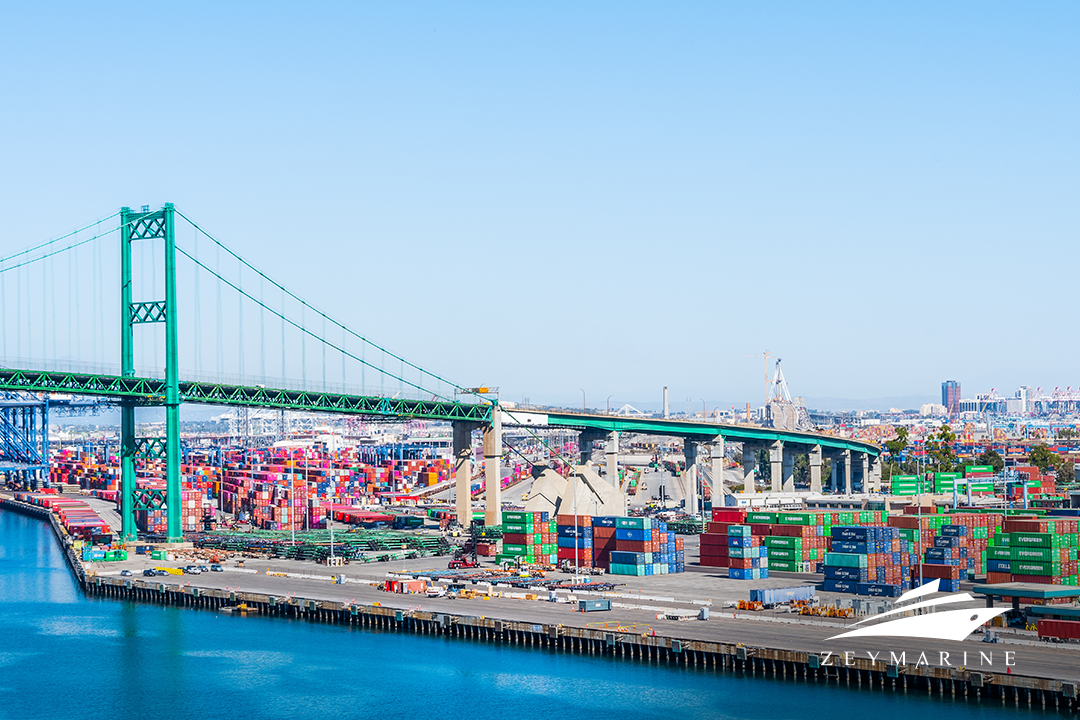
/cdn.vox-cdn.com/uploads/chorus_image/image/59462325/GettyImages_604435067.0.jpg)
